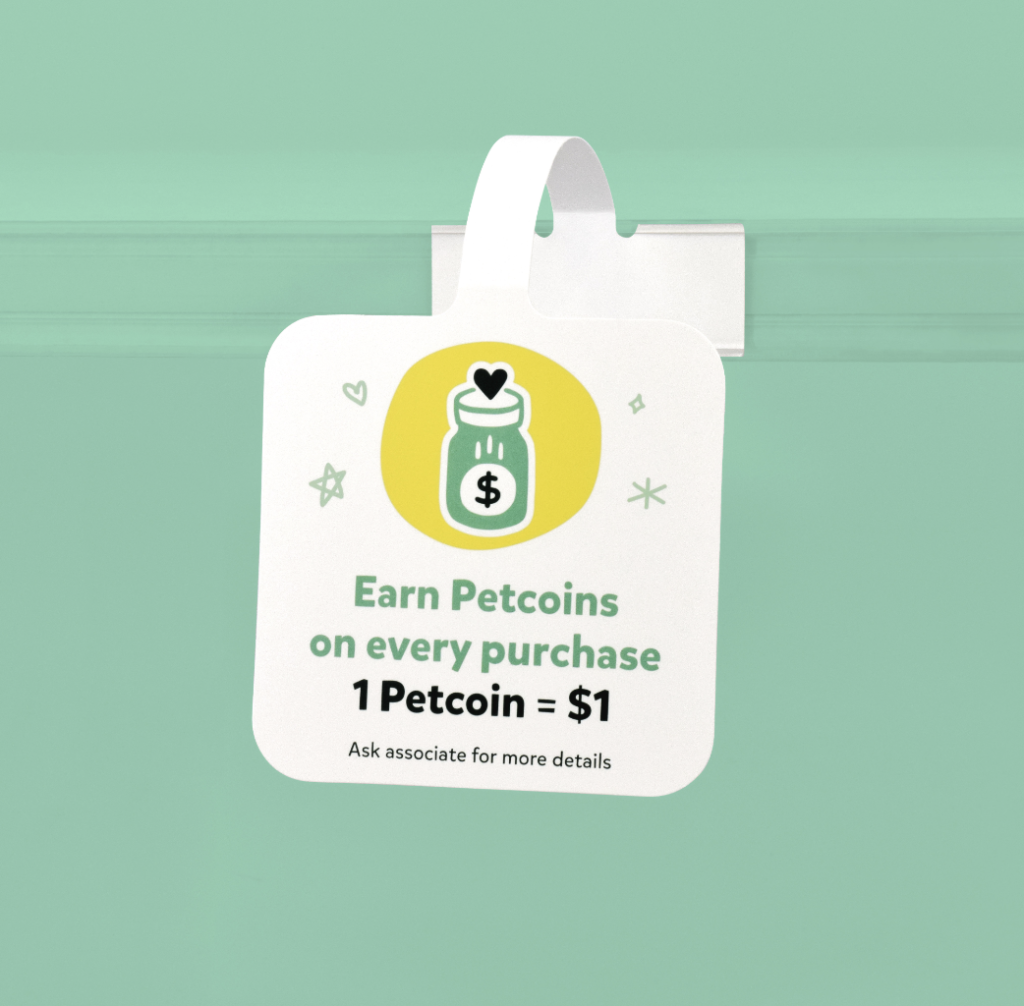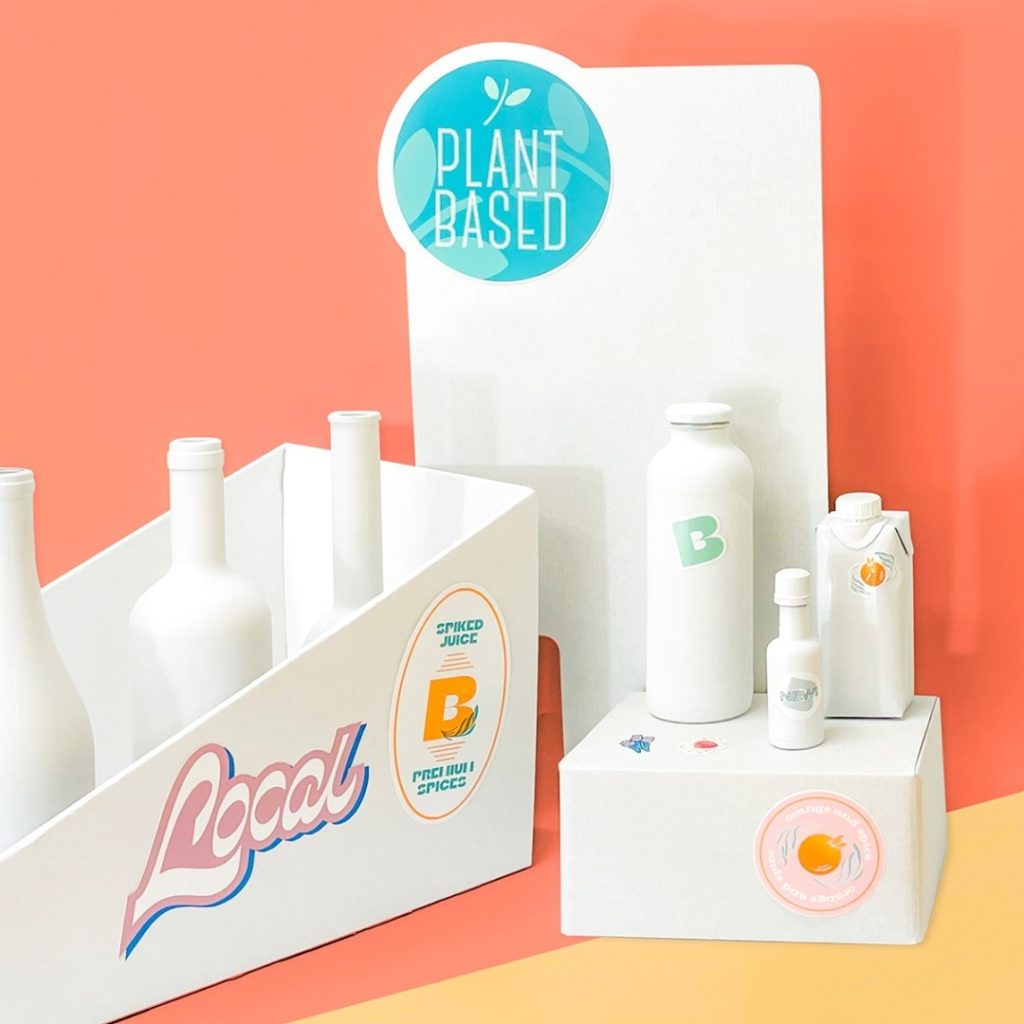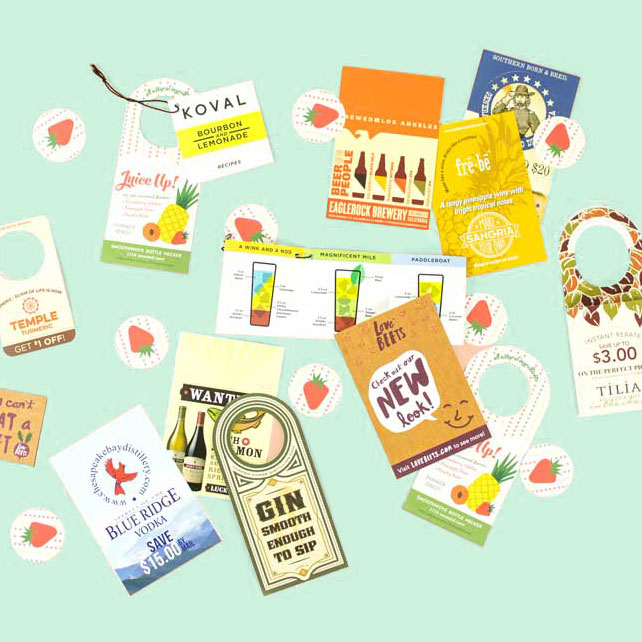| Items | Qty | Price | |
|---|---|---|---|
| $0 |
K.I.S.S. – Keep It Simple Showcard

Nearly everyone will read a postcard — even those who normally trash other direct mail. That’s because looking at a postcard is irresistible, and it doesn’t require opening. It’s this high rate of readership that causes postcards to produce a bigger response than most other types of direct marketing.
The number (and frequency) of ads we’re exposed to each day is booming, as each advertiser is fighting for more of our already-divided attention. So how do you get your customers’ attention long enough to deliver your message and, better yet, take action?
It’s easy! Just keep it simple.
This applies to all of your marketing efforts, but for now, let’s focus on the postcard — or as we call it, a “showcard” (because it doesn’t have to go in the post!). Here are six simple tips to help you effectively deliver your message to busy customers:
1. Showcards should generate foot traffic, website traffic or sales leads.
Your showcard is not your salesperson, but it can do some things really well.
- It can make an introduction (your logo or business name)
- Tell them what you do (your slogan or catch-phrase)
- Share your specializations (a brief list of no more than 5 or 6 points),
- Tell them how to reach you (phone number, website, store address and such).
- It can showcase a product or service or make a special offer.
- Include a call to action. It should tell the reader what to do next!
But here’s the important part: don’t expect it to close the deal. Showcards don’t make sales. A showcard should get the potential customer to take the next step toward a purchase. Customers are unlikely to make a purchase without investigation, so give them your website or a number to call for more information.
2. Keep the design simple.
We’ve all heard the saying, “a picture is worth a thousand words.” There’s actually a lot of truth to it. You don’t have to visually yell at your customers with starbursts, all-capitalized headlines and tons of text. When you have to fight to get your customers’ attention, nothing works better than a strong image or two to set you apart from the competition. Once you’ve piqued their interest, they’re more likely to read what you have to say. Now that you have their attention…
3. Don’t put ten pounds of info into a five-pound showcard.
What does this mean? Give your information breathing room; it’s easier for the reader. You can add all sorts of things to a showcard — a map, a testimonial, a coupon — but if you do, something else has got to go. Otherwise your blocks of information start to compete with one another, frustrating the reader. Think of your showcard as a “first step,” not an entire set of instructions.
4. Tell them what makes you better.
In a couple of sentences, or a bulleted list, explain what sets you apart from the competition. How will they benefit from working with you over Joe Cheapo down the street? Give them a persuasive reason to contact you. Tell them why you rock!
5. Give a clear call-to-action (CTA).
Make it really easy to reach you, or the information they’ll need next (such as details on your website). There is no need to list every possible way to reach your business. In this age of technology, that can be upwards of 20 different sources! Instead, give them the basics (if they apply to you): phone number, website, email, and address.
6. A word of caution about social media…
If space allows, you can add one or two social media links, but make sure they’re ones you use on a regular basis. Don’t list them for the sake of saying, “Hey, we have a Facebook Page!” if you never post anything on it. Remember: these are customers willing to take the next step toward making a purchase. Don’t lead them to a ghost town.
For advanced users:
Explore the use of a QR (quick response) code on your showcard. Many consumers know what they are and how to use them. If used correctly, this can springboard a potential customer right to your website on their mobile device. Just be sure your site is ready to look (and work) its best — nothing is more frustrating to a consumer than being directed to a site that isn’t made for mobile, or doesn’t display the information they expect.
For more information about mobile website design, contact our sister company Fuel Multimedia, or visit Fuelmm.com.




